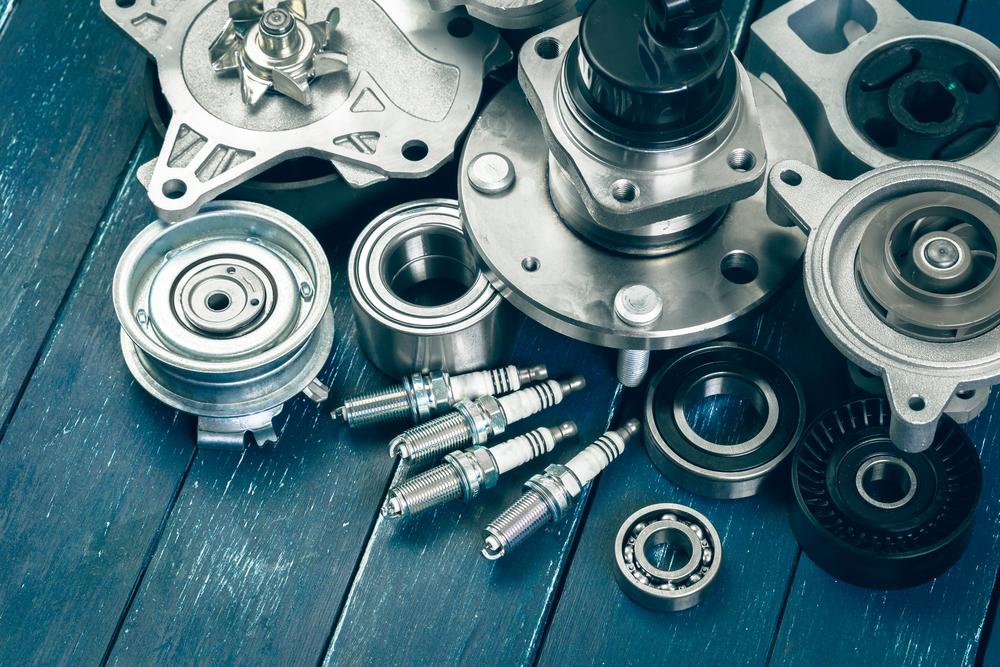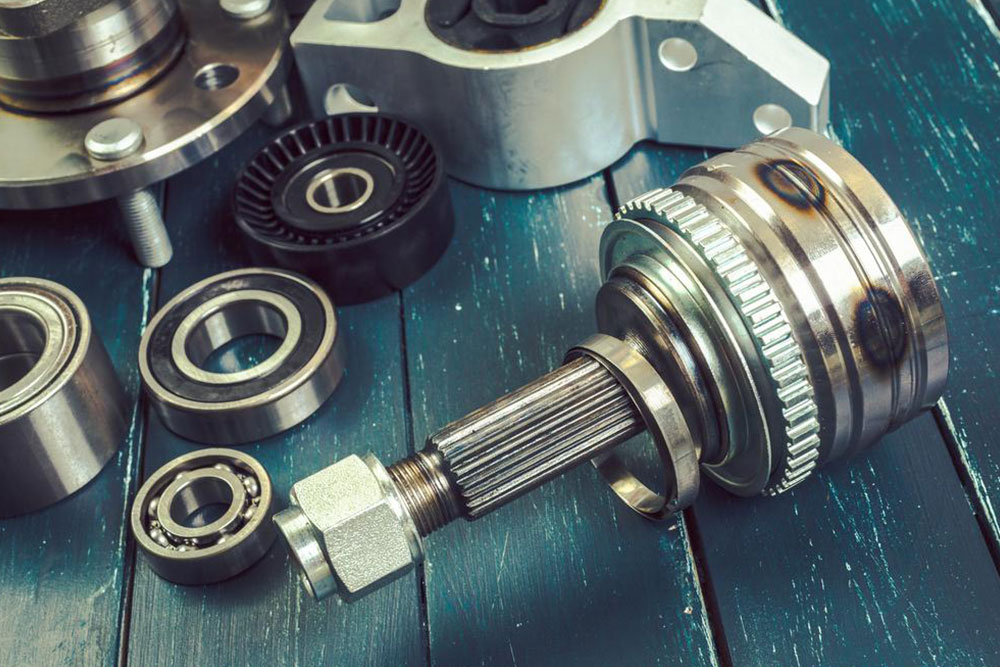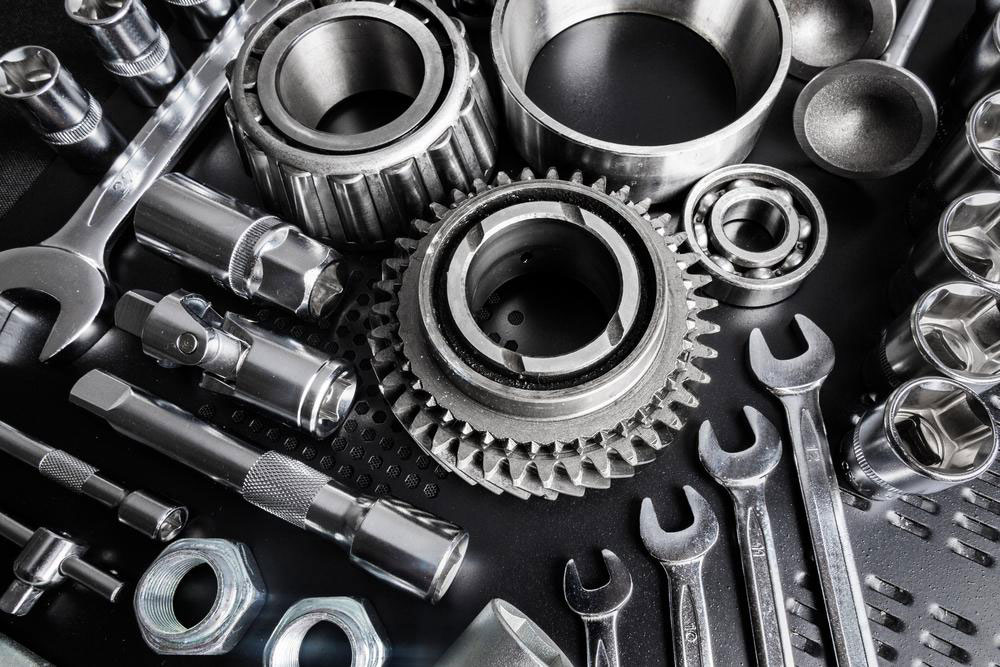Smart Buying Guide: Are Affordable Auto Parts a Wise Choice for Your Vehicle?
Deciding whether to use budget auto parts or OEM components is a crucial choice for car owners. This comprehensive guide discusses the advantages, potential risks, and key considerations when choosing affordable auto parts. It highlights the importance of evaluating quality, warranty coverage, and supplier reputation to ensure safety and performance. With cost-effective options becoming more reliable due to industry improvements, drivers can make informed decisions that balance affordability with vehicle integrity. This article offers practical insights for smart car repair choices, emphasizing safety and value for money.

Smart Buying Guide: Are Affordable Auto Parts a Wise Choice for Your Vehicle?
When it comes to maintaining and repairing your vehicle, one of the most common dilemmas car owners face is whether to opt for budget auto parts or stick with original equipment manufacturer (OEM) components. Due to the high costs often associated with genuine parts from dealerships, many drivers consider replacing original parts with more affordable alternatives. But is choosing budget auto parts a wise decision? Understanding the nuances of aftermarket versus OEM parts is crucial to making an informed choice that balances cost, quality, safety, and reliability.
Replacing components on your vehicle is inevitable over its lifespan, whether due to wear and tear, accidents, or upgrades. These repairs can sometimes be quite expensive, especially if OEM parts are involved. As a result, the allure of saving money with cheaper, generic auto parts becomes quite tempting. But before you head to the local auto shop or browse online marketplaces, it’s important to understand what these budget parts are, how they differ from OEM parts, and what potential risks and benefits they carry.
In this comprehensive guide, we’ll explore the benefits of opting for affordable auto parts, examine the factors you need to consider before making a purchase, and provide valuable tips to ensure you get the best value for your money without compromising safety or vehicle performance.
Advantages of Using Budget Auto Parts:
One of the primary reasons drivers opt for cheaper auto parts is the significant cost savings. Affordable parts can reduce repair expenses substantially, which is especially beneficial for older vehicles or when performing repairs on a tight budget. These parts are often priced at a fraction of the cost of OEM equivalents, making vehicle maintenance more accessible for many households.
Another advantage of aftermarket auto parts is the increased variety and availability. Unlike OEM parts, which are typically sold exclusively through dealerships and may have limited options, aftermarket parts are produced by third-party manufacturers offering a broad range of choices. This flexibility allows consumers to select parts that best fit their needs, preferences, and budgets. Furthermore, many aftermarket parts are readily available at local auto stores, eliminating long wait times or shipping issues associated with OEM parts, which can sometimes be limited to dealerships or specific suppliers.
Additionally, the aftermarket industry has seen significant improvements in quality over recent years. Many third-party manufacturers now adhere to strict quality standards and undergo rigorous testing, narrowing the gap between aftermarket and OEM quality. In some cases, aftermarket parts are even preferred for certain upgrades due to their enhanced features or specifications.
Key Considerations When Buying Budget Auto Parts:
Despite their advantages, there are important factors to consider before purchasing cheap auto parts. The most critical is quality. While some aftermarket parts meet or exceed OEM standards, others may be inferior due to inconsistent manufacturing practices. Poor-quality parts can lead to decreased durability, suboptimal performance, and, most importantly, safety risks that can compromise your safety on the road.
Warranty coverage is another vital aspect. Many budget auto parts come with limited or no warranty, which means that if the part fails prematurely, you may bear the full cost of replacement and potential damage. In contrast, OEM parts usually include warranties that provide additional peace of mind.
It's essential to conduct thorough research and buy from reputable suppliers or manufacturers. Reading reviews, checking certifications, and understanding the return and guarantee policies can help ensure you receive quality parts that are reliable and safe for your vehicle.
While cost savings are appealing, prioritize the safety and performance of your vehicle. If a critical component such as your braking system, suspension, or engine parts are involved, investing in higher-quality parts—whether OEM or well-reviewed aftermarket options—is highly advisable.
In conclusion, choosing between budget auto parts and OEM components boils down to your specific needs, budget, and the importance of the part in question. Balancing cost and quality is key to maintaining your vehicle efficiently and safely. Making an informed decision, supported by research and supplier reputation, can help you get the best value without risking your safety or compromising your vehicle’s reliability.





